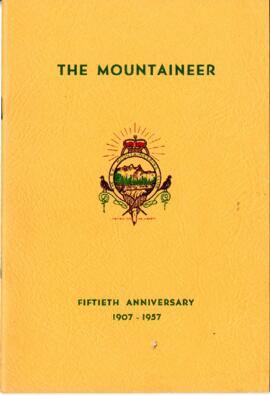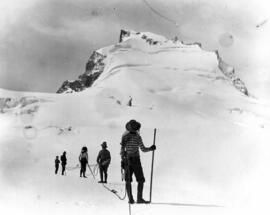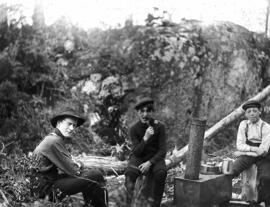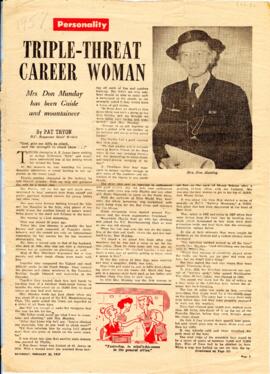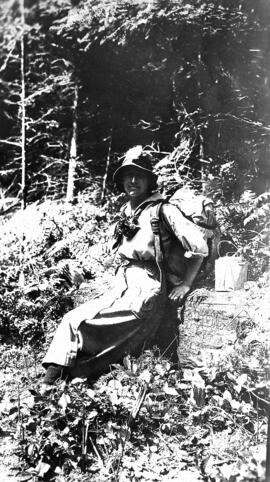Would you like to hike Grouse Mountain in a long skirt, or climb a snowy peak in a shirt and tie? How does the lack of waterproof boots, gloves, pants or jacket sound for setting off on a mountain trek…or no safety helmet or harness for free-climbing a steep rock face?
If that does not appeal to you, then spare a thought for early mountaineers.
The early settler, outdoor adventurers were very hardy. They were out climbing peaks, crossing crevasses, fording creeks and ascending near-vertical ice faces, all in clothing that today we would consider to be fair-weather streetwear.
With no synthetic fabrics or clothing innovations targeting the outdoor adventurer, climbing in everyday wear was the only option. Safety equipment was also non-existent in the earliest years. There were no safety helmets and a hemp rope tied around their waist was as good as it got.
In later decades, down jackets kept out the cold and helmets prevented head injuries. Safety vastly improved with the invention of climbing gear. Synthetic materials brought in a new era of clothing that made staying warm and dry easier and lightened the load for equipment such as ropes.
There are many amazing photos in these archives that show just how hardy these adventurers were, such as seeing them on glaciers without any sign of insulated or waterproof clothing.
And not forgetting the winter slopes, the popularity of skiing in the middle of the century saw Vancouverites finding variety in ski wear or equipment. As Gertie Beaton (Gertrude Wepsala) points out in one of her newspaper columns seen in this selection of archives, competitive skiers can buy “expensive hand-sewn masterpiece” ski boots. The average weekend skier on the other hand can find “very reasonable boots with double lacing for support.”
So next time you pull on your GORE-TEX jacket to pop to the shops, spare a thought for these folks crossing glaciers in their streetwear.

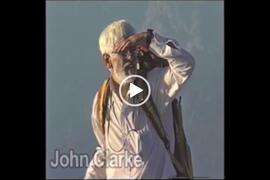
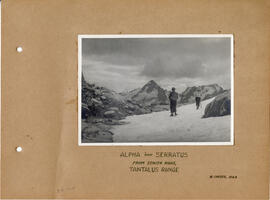
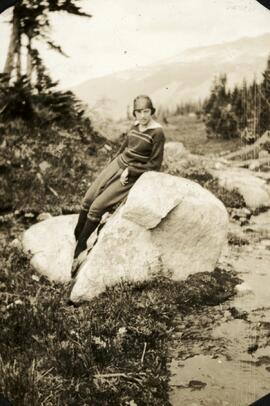
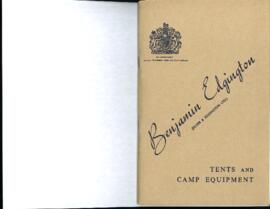
![[Bill Dobson and Jack Sutherland on Garibaldi Lake, Easter week 1928.]](/uploads/r/passion-for-adventure/b/0/0/b00721daa5ce2767407294e77e8206c3642491e9d7124a67f74ba464fcafe4cf/F205-8.009_142.jpg)
![[Earl Chambers Giving a Hiking Safety Lecture on Grouse Mt.]](/uploads/r/passion-for-adventure/1/f/5/1f5b7f82c027f6c1e30c0c1738a365708c84c9b57e8c260812723ccf7366f53e/NSR-34_142.jpg)
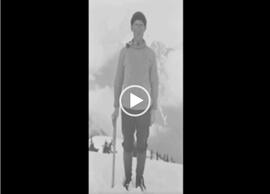

![[Excerpt from Dick Chambers April 1997 Interview]](/uploads/r/passion-for-adventure/b/d/6/bd6b59d96ab426d7bfad4e8a2d6406d740938c231376f7eb403ddac7ad471384/F205-S22-DC.jpg)
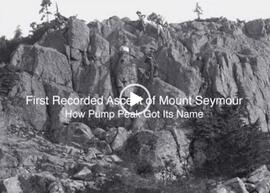
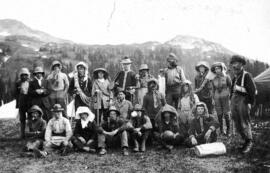

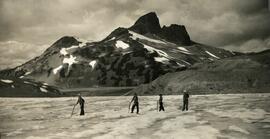
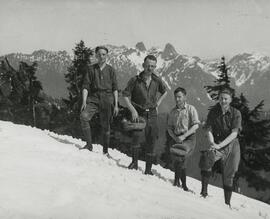
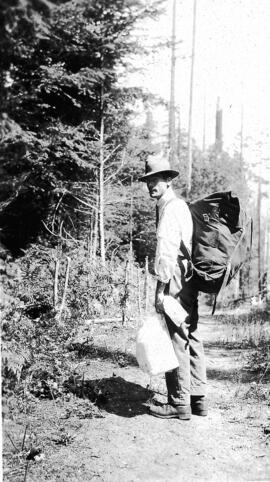
!["Me [Nellie Chapman] at Garibaldi, B.C. in the B.C. Mountaineering Club. Grouse Mtn. Club. 1910"](/uploads/r/passion-for-adventure/4/7/6/4766bbdf7da03c73362ea109ebbf3e2cad279496fdafc9753c74c5dd710c6c5a/F205-64-037_142.jpg)

![[Mountaineering Equipment Historical Development]](/uploads/r/passion-for-adventure/8/5/8/858137e632917a567bf1ef1f05d6a933fc58768961514f013b81686032b162c2/F243-S1-f1-i_4__142.jpg)
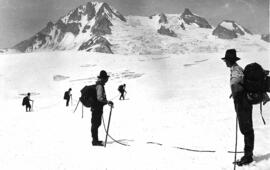
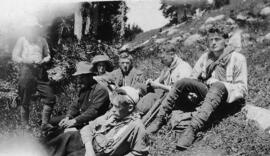
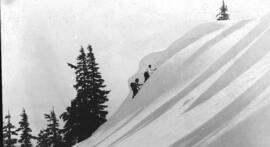
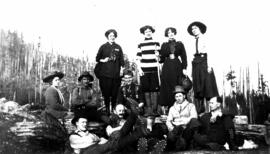
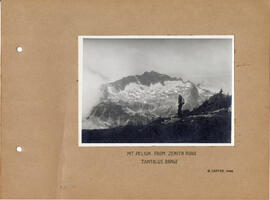
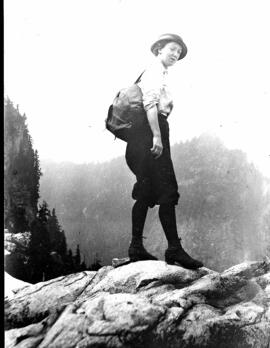
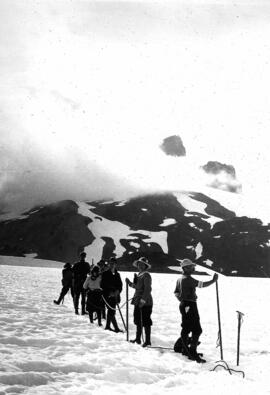
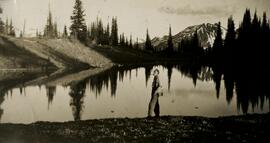
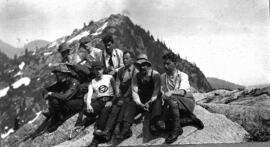
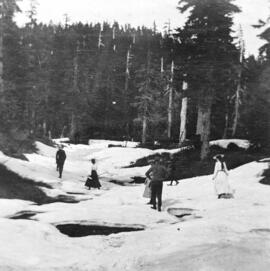
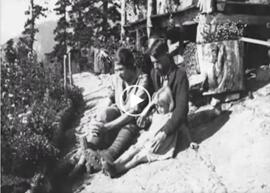
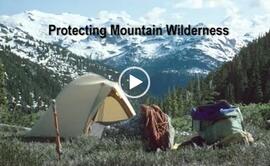
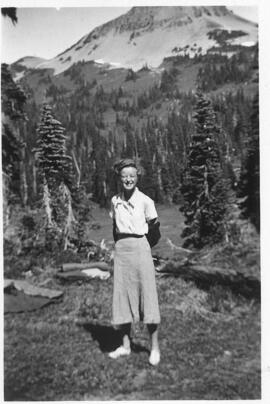
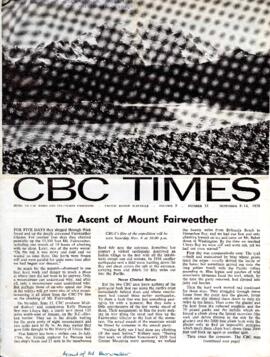
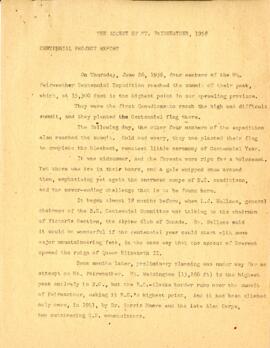
![[The First and Second 'Assaults' on Mt. Tantalus - Selected Pages]](/uploads/r/passion-for-adventure/7/9/7/797462796339ffda6414cc71b3bd35b7a21bb621e643ffe2bbb61267fab0b6c3/F222-A2-_p5-12__142.jpg)
